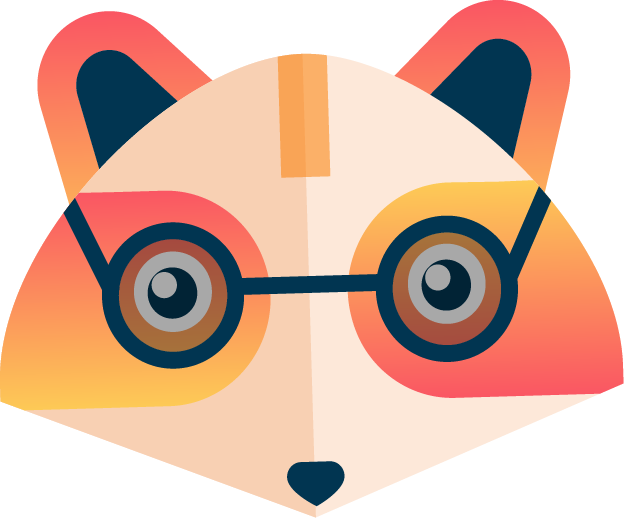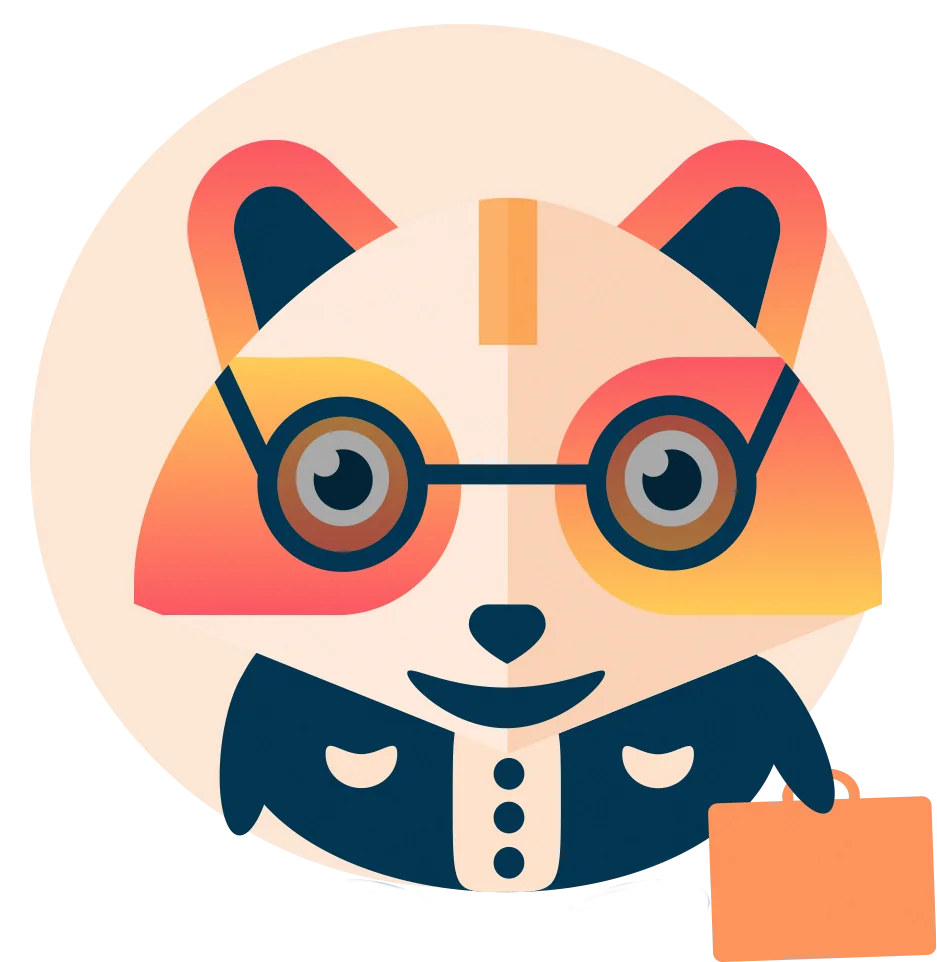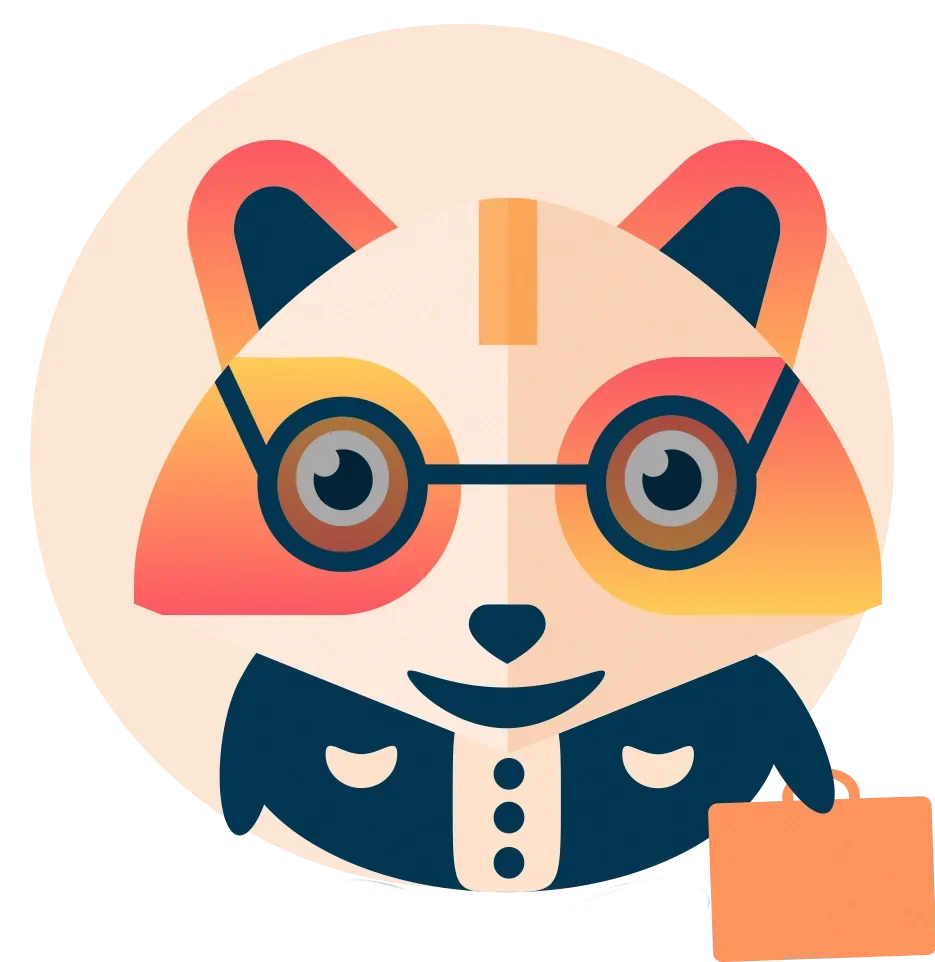UX/UI Designer Interview Questions 2025: Master AI-Driven Responses & User-Centered Strategies


Supercharge Your UX/UI Interview Prep with Huru 🚀
Practice unlimited UX/UI designer mock interviews, get instant AI-powered feedback, and build unshakeable confidence. Start for free—no sign-up required! Try Huru now and ace your next interview.
Rising Stakes: Why 2025 UX/UI Interviews Are Different
The landscape for UX/UI designer interviews in 2025 is rapidly evolving. Employers now expect candidates to demonstrate not just classical design skills, but also a nuanced understanding of artificial intelligence, ethical design, and user advocacy. AI integration and design ethics are top priorities, and you’ll be expected to articulate your approach to both.
Let’s break down what’s changing:
- AI-driven products and workflows: How you incorporate machine learning or automation into the design process is now a frequent question.
- Stakeholder communication: Design decisions require convincing cross-functional teams, not just design peers.
- Portfolio storytelling: Impact and user outcomes matter more than polished UIs alone.
💡 Key Takeaway
In 2025, your interview success relies on merging design fundamentals with a robust understanding of AI, ethical considerations, and measurable user impact.
Top 2025 UX/UI Interview Questions & What They Really Mean
Here are the most common and impactful interview questions you’ll face, with explanations and pro strategies for crafting answers that stand out:
- “Describe your end-to-end design process for a new feature, incorporating AI components.”
Tip: Map out how you conduct user research, define personas, brainstorm solutions, prototype, test, and iterate, highlighting where data or automation informs decisions. - “How do you ensure your designs are ethical and inclusive in an AI-powered product?”
Tip: Discuss accessibility audits, bias testing, and inclusive research methods. Show you’re aware of algorithmic bias and user diversity. - “Tell me about a time you had to advocate for user needs against business priorities.”
Tip: Use a STAR (Situation, Task, Action, Result) story that ends with a positive compromise or measurable impact. - “How do you keep your skills sharp with evolving AI/UX trends?”
Tip: Mention continuous learning, following UX thought leaders, and hands-on projects with new tools (e.g., Figma, AI prototyping, voice/UI, etc.). - “What’s the most challenging feedback you’ve received, and how did you respond?”
Tip: Show resilience, openness to growth, and concrete steps you took to address feedback.
For more sector-specific interview tips, check out our guide on Content Marketing Interview Questions: Craft Compelling Stories.

AI, Ethics, and Inclusive Design: How to Address the Hard Questions
Modern design interviews aren’t just about pretty screens—they’re about how you’ll shape products that are fair, transparent, and accessible in an AI-enhanced world.
Sample Interview Q&A:
- Q: How do you detect and mitigate bias in AI-driven user flows?
- A: “I collaborate with data scientists to audit training data and test interfaces with diverse user groups. I use bias-checking tools, conduct inclusive usability testing, and advocate for transparent algorithms with explainable user touchpoints.”
- Q: How do you balance speed to market with responsible, ethical design?
- A: “I prioritize a user research sprint before launch, implement accessibility as a non-negotiable, and use design systems that flag ethical risks early.”
Pro Tip: Always tie your answers back to real-world examples from your portfolio!
💡 Key Takeaway
Show that you understand the ethical implications of design—and have a process for proactively addressing them in collaboration with tech teams.
Portfolio Power: Telling Stories That Win Interviews
Your portfolio is more than a gallery—it’s your evidence of impact. In 2025, top companies want to see:
- Projects with clear user problems, metrics, and results—not just screens.
- Stories of collaboration with AI engineers, product managers, and researchers.
- Prototypes or wireframes that demonstrate how you handled edge cases, accessibility, or ethical concerns.
Tip: For every major project, include a brief outline:
- Challenge: What problem were you solving? Who was impacted?
- Solution: How did you use research, design, and AI tools to address it?
- Impact: What measurable results did you achieve?
For tailored interview practice on storytelling, review Content Writer Interview Questions: Craft Compelling Answers With Huru Ai.
Behavioral & Situational: Navigating Soft Skills with Confidence
Behavioral questions help interviewers predict how you’ll collaborate in real-world scenarios. Expect questions like:
- “Tell us about a time you had to work through a design disagreement.”
- “Describe a project where user feedback changed your direction.”
- “How do you prioritize tasks when everything feels urgent?”
How to shine:
- Use the STAR method (Situation, Task, Action, Result) for every answer.
- Show self-awareness—mention what you learned and how you improved.
- Highlight cross-functional collaboration, especially with AI or engineering teams.
Resource: Practice your behavioral interview responses with Huru’s AI-driven feedback.
Portfolio Tips: Quantifying Your Impact & Embracing AI Tools
- Include before-and-after metrics (e.g., conversion rate, engagement, error reduction, inclusivity improvements).
- Showcase familiarity with AI design tools (Figma, Sketch, usability testing with AI overlays, automated accessibility checks).
- Use screenshots or short videos of user testing with AI insights.
- Link to interactive prototypes—dynamic, clickable, and up-to-date.
Pro Tip: Practice explaining your process using mock interviews on Huru.ai for instant, constructive feedback.
💡 Key Takeaway
In interviews, quantifying your impact and showcasing hands-on mastery of AI design tools sets you above the competition.
Quick-Access Table: Essential UX/UI Interview Prep for 2025
| Focus Area | What Interviewers Want | How to Prepare |
|---|---|---|
| AI Awareness | Integration of AI in user flows | Study latest AI/UX trends, practice AI-augmented design interviews on Huru.ai |
| Ethics & Inclusion | Consideration of bias, accessibility | Prepare stories showing ethical advocacy, use inclusive research methods |
| Storytelling & Impact | Clear portfolio narratives, quantifiable results | Follow STAR method, provide before/after metrics |
| Collaboration | Teamwork across disciplines | Share examples of cross-functional wins |
| Continuous Learning | Up-to-date skills | Engage with new tools, follow industry leaders |
Must-Watch: 2025 UX/UI Designer Interview Tips Video
💡 Key Takeaway
Video prep brings concepts to life—see real examples of interview-winning answers.
Get Ahead: Practice with Huru’s AI-Powered Mock Interviews
No amount of theory beats real practice. Huru’s AI platform lets you:
- Simulate unlimited UX/UI interview scenarios
- Receive instant, actionable feedback on your answers & communication
- Track your improvement over time
Upgrade your preparation today and walk in with confidence!
About the Author
Elias Oconnor is a content writer at Huru.ai, specializing in career development, interview preparation, and the intersection of AI and user experience. He is dedicated to empowering candidates with actionable insights and practical tools for interview mastery.
Explore More Interview Prep Guides
- Content Marketing Interview Questions: Craft Compelling Stories
- Interior Designer Interview Questions: Create A Welcoming Interview Space
- Supply Chain Manager Interview Questions: Optimize Your Responses
- Content Writer Interview Questions: Craft Compelling Answers With Huru Ai
- Hardware Engineer Interview Questions: Construct Winning Responses


 Jul 05,2024
Jul 05,2024  By Elias Oconnor
By Elias Oconnor